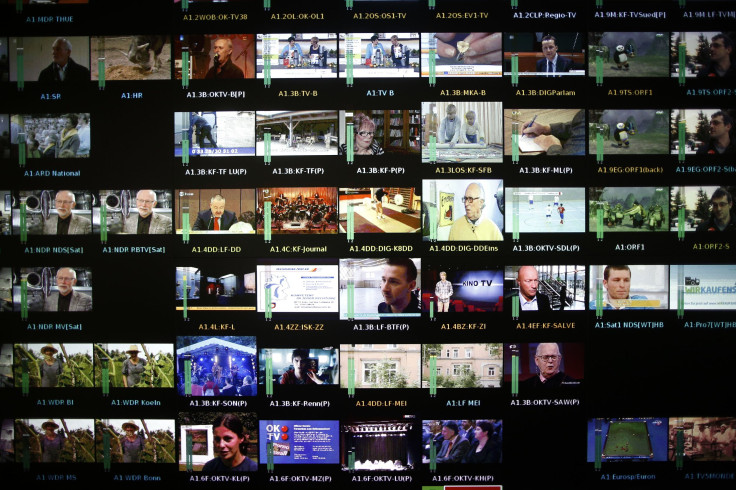Canada To Offer À La Carte TV By 2015
Canadians might be able to pay for the channels they want by 2015.

Canada is on the verge of forcing cable operators to break down the channel packages they offer consumers, in a move that could pave the way for a la carte television service there. The Canadian Radio-television and Telecommunications Commission (CRTC) issued broad new proposals Thursday, which it says could reduce the cost of basic TV packages as low as $20 per month.
The CRTC aims to turn the proposals featured in its “Let’s Talk TV” draft paper into regulations that would allow consumers to freely choose which channels they subscribe to.
The commission drafted the paper after soliciting thousands of public comments, as well as meetings with cable companies and industry experts, it says. It will hold a public hearing in September to discuss how new laws might be implemented to facilitate the change, which could come into effect by December 2015.
“The way of watching TV is morphing. It’s evolving with time and we don’t want to be stuck in a regulatory framework; we want to adapt to how Canadians are consuming TV in the new reality. We want that to change with them,” CRTC spokeswoman Patricia Valladao told the Toronto Star. “Everything is on the table for discussion.”
The paper, which states it is only “a possible model” meant to “stimulate discussion and debate,” outlines a requirement that would force broadcasting companies to offer basic service largely consisting of local channels, which users could then select.
The plan has been criticized by consumer rights groups for bundling even the most basic channels, instead of offering each station on an individual basis. Meanwhile, Laura Martin, an analyst at market research company Needham Insights, wrote in a report last year that the impact on consumers could be negative, with higher prices for fewer channels in the long run.
“Despite calls for unbundling because it would give consumers more choices, our math concludes that approximately 50 [percent] of total TV ecosystem revenue would evaporate and fewer than 20 channels would survive,” Martin said in the report, “because a la carte forces consumers to bear 100 [percent] of the cost of the channel, whereas today TV advertisers bear 50 [percent] of the cost.”
One plus side for Canadian fans of American Superbowl commercials? Under the current draft, they would no longer be replaced by Canadian ones.
© Copyright IBTimes 2024. All rights reserved.











